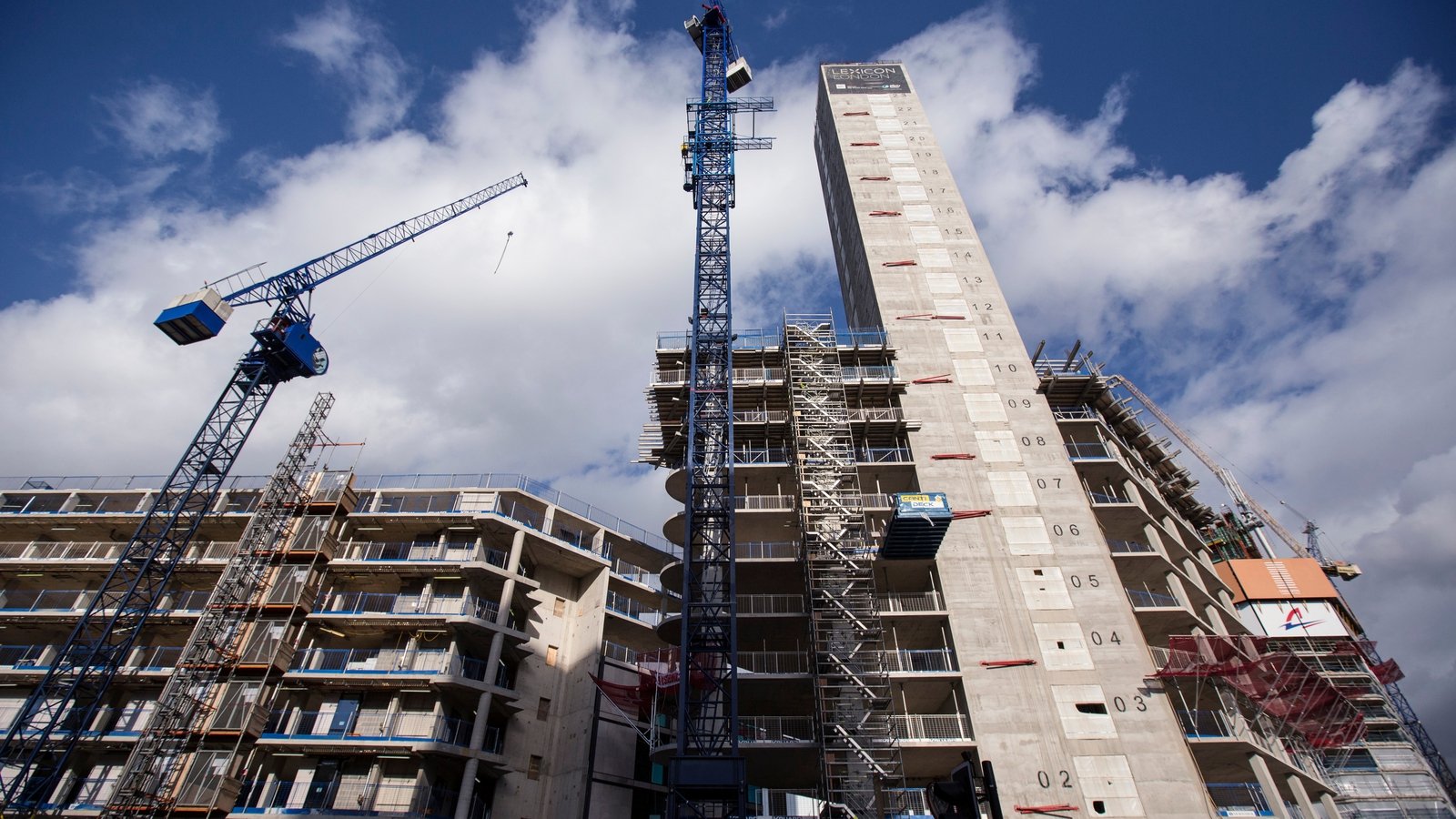Infra
IFAC: Irish infrastructure lagging behind EU counterparts

Ireland’s infrastructure is lagging 25% behind that of high-income European economies, according to the Irish Fiscal Advisory Council.
In a new report the spending watchdog said housing, health, transport and electricity all require investment.
The fiscal council estimated 68,500 homes need to be built a year to catch up and meet a growing population.
That is more than double last year’s housing output. The fiscal council said the planning and objection system is holding back tens of thousands of homes.
It said that “time will tell” whether the Government’s recent planning legislation, designed to overhaul the system, will “bear fruit”.
It estimated 80,000 workers are needed to address Ireland’s infrastructure needs, which equates to 47% increase from current levels.
It warned that an additional burst of spending could add to inflation. Instead, the fiscal council advocated increasing taxes or reallocating spending from elsewhere.
The organisation said that the population is set to grow by 10% in the coming decade.
On the health system, the council said that Ireland’s inhabitants are now aging rapidly, and the number of people aged 65 or over will more than double in the next 30 years.
It said if health capital investment grew by 5% every year from its current high level, Ireland would reach average European infrastructure levels by 2033.
Niall Conroy, senior economist with the Irish Fiscal Advisory Council, said it is not altogether surprising that Ireland has infrastructural deficits.
We need your consent to load this rte-player contentWe use rte-player to manage extra content that can set cookies on your device and collect data about your activity. Please review their details and accept them to load the content.Manage Preferences
However, Mr Conroy said that context is needed when comparing Ireland to other high-income economies in Europe as it has not always been a high-income country and so, has some catching up to do.
Speaking on RTÉ’s Morning Ireland, he said progress had been made as Ireland would have been 50% below other high-income European countries 30 years ago, but has closed that gap to 25%.
The senior economist said that a lot of capacity was lost in the system in 2008 after the financial crisis, and it was now about building up capacity due to an increasing population with pent-up demand for housing.
He said builders were not using modern methods of construction utilised in other countries, such as modular housing, which was partially a legacy of the financial crisis.
He said productivity in construction is below other European countries and that Ireland needed to be more productive and efficient to get more bang for its buck when it comes to high public spending in this area.
Responding to today’s IFAC report, the Construction Industry Federation said the data highlights the need for greater progress on Ireland’s infrastructure and housing.
“We know that improving Ireland’s infrastructure will support investment, housing and jobs, so it is more crucial than ever that water, energy, transport, hospitals, schools and roads are built,” said Hubert Fitzpatrick, Director General of the Construction Industry Federation.
“To meet the needs of the population into the future, Ireland needs a plan-led approach to ensure that critical infrastructure is delivered proactively, ahead of demand and before a critical backlog can build up.
“The Budget announcement of €3 billion in capital investment in infrastructure was a positive step in providing for greater water infrastructure, houses, and energy. But we stress that capital budgets need to be spent with clear timelines and commitment to delivery,” he added.
We need your consent to load this rte-player contentWe use rte-player to manage extra content that can set cookies on your device and collect data about your activity. Please review their details and accept them to load the content.Manage Preferences









